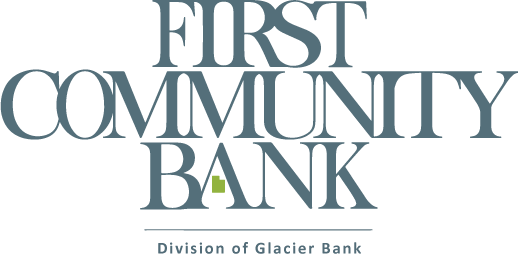Aligning Your Culture for Success
By Brady Stratton | SVP Marketing and Sales Officer
Although it is not a new concept, in recent years corporate culture has become somewhat of a “buzzword” amongst executives and management teams. Leaders in all industries have begun to catch onto the idea expressed by Tony Hsieh, founder of the successful brand Zappos, when he stated that for an organization, “culture is destiny”. Strong cultures are intentionally applied and consistently evaluated; they are not left to chance.
I like to compare a business’s culture framework to that of the human body. When the body is out of alignment, individuals experience chronic pain, reduced range of motion and decreased mobility or joint stiffness. When cultural processes are out of alignment in a business, management experiences communication gaps, decreased efficiencies, lower employee engagement/morale and lower performance levels. If this diagnosis sounds familiar, don’t worry, you are not alone. Many organizations find themselves in a similar position. Here are four easy steps to what I like to call the Culture Alignment Model that will help your business get on track.
#1: Set the Vision
For your employees to be engaged, they need to know the answer to the “what, where, when and why’s” of your organization. An effect vision statement and set of employee values help accomplish this task. To optimize buy-in from all levels and departments, it is best to have employee input when putting your vision and values together. Whether you get everyone in the same room for a brainstorming session or have them submit ideas/feedback through an online survey or poll, they will own what they create. Resist the urge to draft your vision and values in an executive board meeting and then pass them out for everyone to follow. If you go that route, your buy-in from the rest of the company will be less than optimal.
#2 Make it Achievable
Strategy is the “how” behind fulfilling everything in step one. Having a clear strategic plan that breaks down priorities and goals into digestible chunks will help connect your employees to results in a meaningful way and drive engagement and profitability at all levels. Make your plan simple and transparent enough that a new employee can understand where you are headed.
#3 Actively Manage Processes
Aligning a company’s culture is not a “one-and-done” task. It requires active management of various processes, three of the most impactful being communication, accountability, and recognition. As you communicate regularly through scheduled meeting rhythms and department huddles, your employees will be updated with what they need to know to be successful. You then hold them accountable through defined goals and KPI’s that connect to the strategic plan. For individuals and teams that rise to the challenge and succeed, celebration and recognition from the top will help to breed motivation and continued results.
#4 Produce Results
As you follow the first three steps in the alignment model, you will start to experience the joy of step four- producing results. You will notice that your teams are more collaborative, efficient, and results oriented. The silos in your organization start to break down and you see a deeper commitment from everyone to drive profit. Most important, employees start to feel valued and experience increased motivation to bring their best self to work and contribute at a higher level.
 Author: Brady Stratton, SVP Marketing & Sales Officer
Author: Brady Stratton, SVP Marketing & Sales Officer
Brady has worked with First Community Bank for 11 years and is a recent graduate of the Pacific Coast Banking School. He wears multiple hats at the bank, but culture is one of his favorites and most rewarding.
